Knowledge is Power: The Facts and Figures of Towing with the Electric Ford F-150® Lightning®
For a truck to earn BUILT FORD TOUGH™ status, it must be durable, be able to haul, and yes, it’s got to be able to tow. For customers considering an electric truck, F-150 Lightning checks all three boxes – without any tailpipe emissions.
When it comes to towing specifically, more than half of F-150 Lightning customers have signaled their towing intent by selecting the available Max Trailer Tow Package. The package allows for an available maximum towing capacity of 10,000 pounds for special configurations to go along with 775 lb.-ft. of nearly instant electric torque.
The numbers speak for themselves, but the experience of towing with gas trucks or F-150 Lightning comes with a few undeniable facts:
- Whether gas or electric, driving distance while towing is similarly impacted by weather, temperature and geography. Speed and trailer aerodynamics also play a role: the faster you drive and the larger the frontal area of the trailer, the greater the impact on range
- A significant difference between gas and electric trucks is that gas trucks can begin with approximately twice the range (or more) compared to the average electric truck, depending on configuration
- Temperature extremes impact electric trucks more than gas, though F-150 Lightning can help mitigate those effects and maximize range by pre-conditioning prior to departure while the vehicle is plugged in. Pre-conditioning uses energy from the vehicle charger or outlet – instead of the battery – to warm or cool the battery and the cabin


So what does this mean for a customer? Well, if you’ve driven gas-powered trucks for years, towing with F-150 Lightning should feel a bit different as power delivered by dual electric motors provides a smooth and consistent experience with maximum torque available off the line.
You’ll also have to recharge more often than you would refuel. The energy density of fuel allows an F-150 PowerBoost Hybrid to achieve up to 704 miles of EPA-estimated range, compared to the top EPA-estimated range of F-150 Lightning, which is 320 miles.
And – at least right now – there are approximately three times as many gas stations as electric vehicle charging stations in the U.S.
For commercial customers, this is an important consideration for job sites in rural areas or for extreme use cases when getting the job done.
 “The F-150 Lightning is an ideal companion for many F-150 customers and businesses who want to tow. For customers towing longer distances with payloads nearing the max, Ford has you covered with models like the F-150 PowerBoost Hybrid,” said Darren Palmer, VP, battery electric vehicle programs, Ford Model e. “Your power. Your choice.”
“The F-150 Lightning is an ideal companion for many F-150 customers and businesses who want to tow. For customers towing longer distances with payloads nearing the max, Ford has you covered with models like the F-150 PowerBoost Hybrid,” said Darren Palmer, VP, battery electric vehicle programs, Ford Model e. “Your power. Your choice.”
The F-150 Lightning can tow, even cross country. For customers who choose the benefits of an electric truck over trip speed, like Mark Eakin, an F-150 Lightning owner and retired oceanographer, a towing trip from Maryland to California is achievable.
“As a scientist, I understand that there will be an effect on range because of various factors and wind was a particularly important one during my journey,” he said. “Planning in advance helps and the Ford technology is a big enabler in the planning.”
The technology Eakin mentions starts with Intelligent Range, which collects vehicle data like speed, ambient temperature, available battery energy, driver habits, climate control use and route topography to determine how much electrical energy drivers use in real time. The system also uses cloud computing to gauge energy use from other similar types of Ford electric vehicles operating in similar situations, resulting in more accurate vehicle range calculations over time.
Helpful Ford technology also works seamlessly with public charging stations. For commercial customers, Ford Pro offers end-to-end charging solutions and experts to help customers understand if F-150 Lightning is right for their needs, including extreme use cases.
“Customers don’t need to worry about estimating range with all the different factors in play, because our intuitive Ford technologies do that for them, and suggest the best options for charging along their route,” Palmer said. “Once at a charger, available Plug and Charge means a customer can plug in, while the truck manages charger authentication and integrated payment.”
###

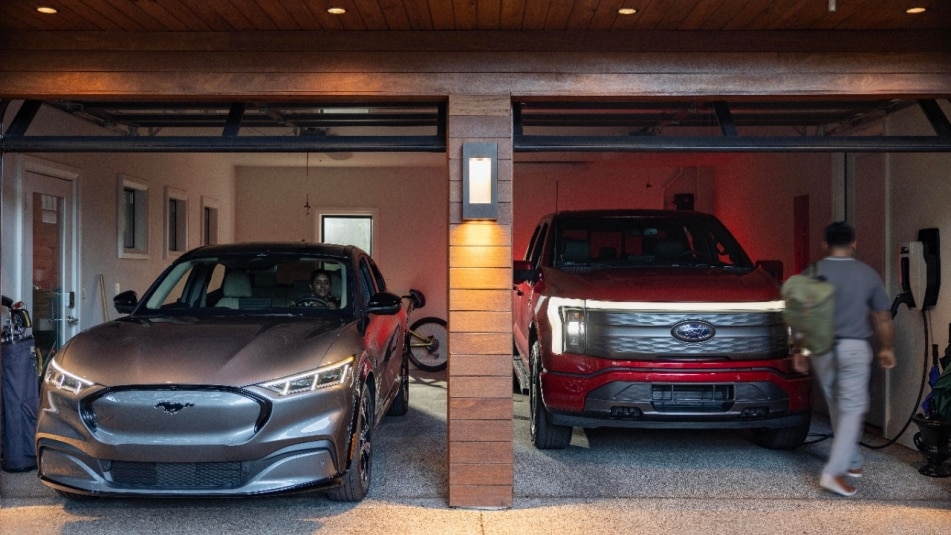




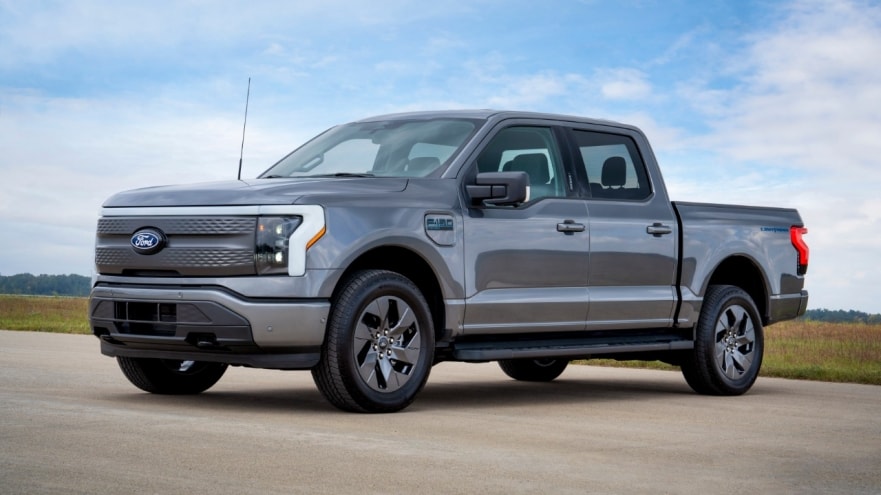

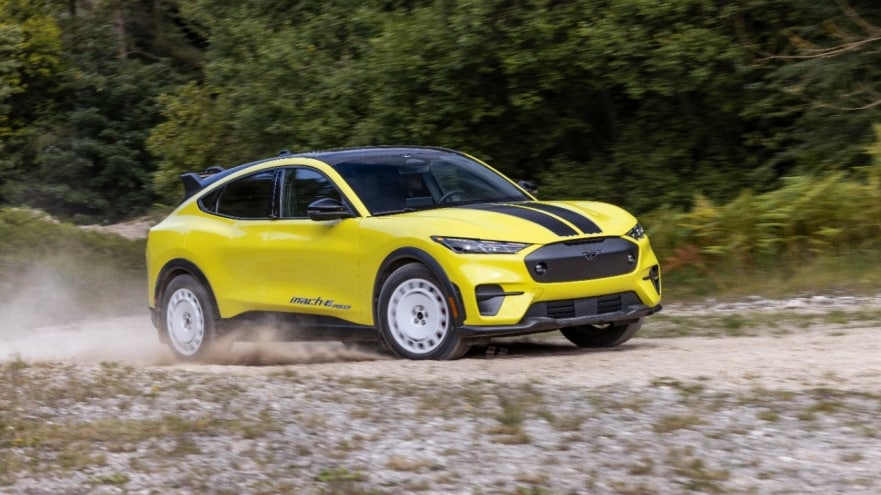
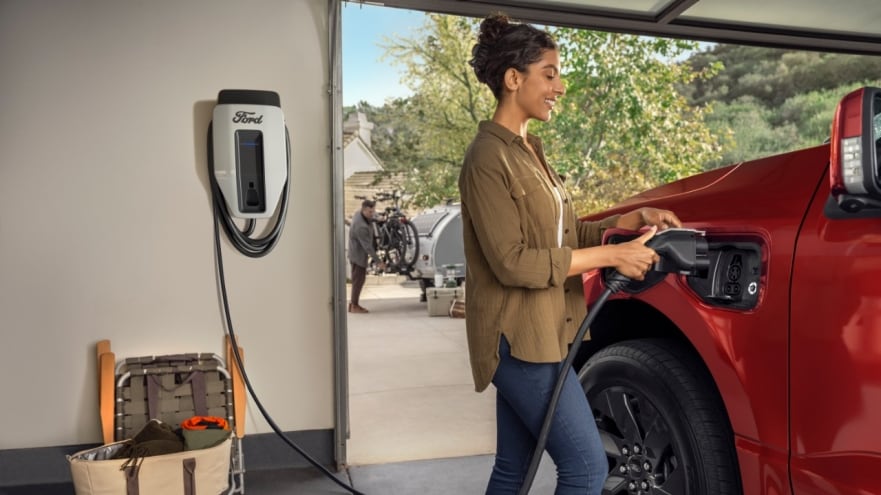




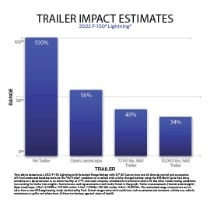






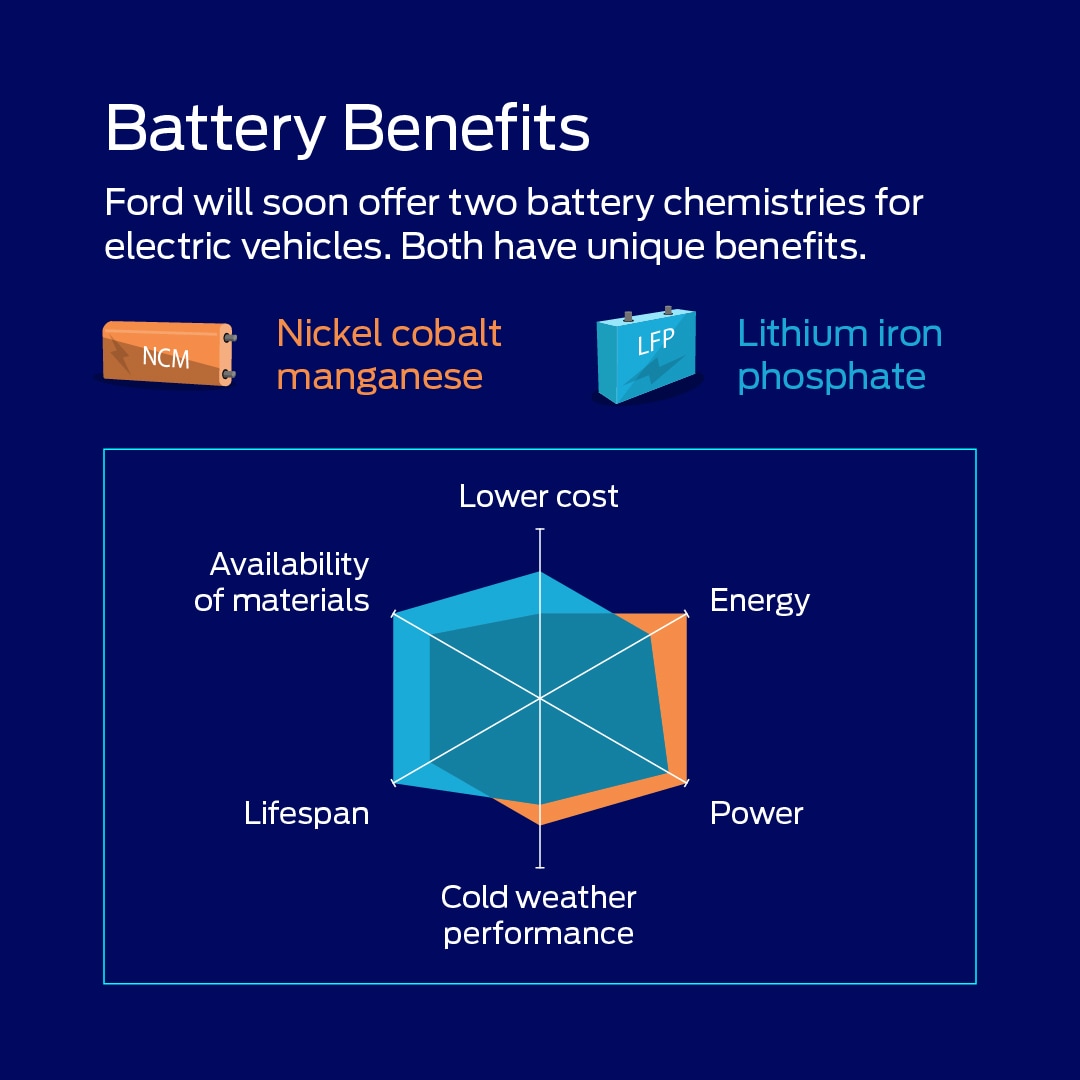
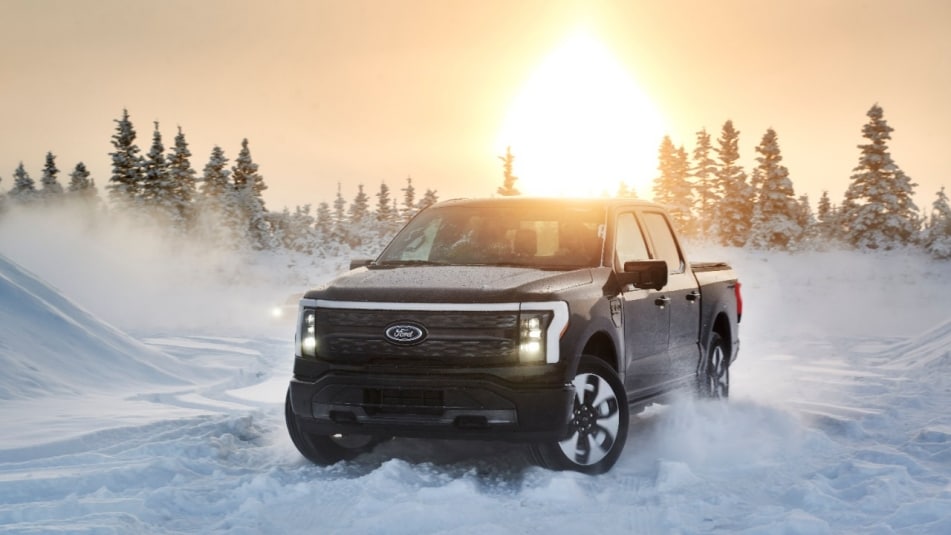









_01.jpg/jcr:content/renditions/cq5dam.web.374.210.jpeg)
_02.jpg/jcr:content/renditions/cq5dam.web.374.210.jpeg)
_03.jpg/jcr:content/renditions/cq5dam.web.374.210.jpeg)
_04.jpg/jcr:content/renditions/cq5dam.web.374.210.jpeg)






















